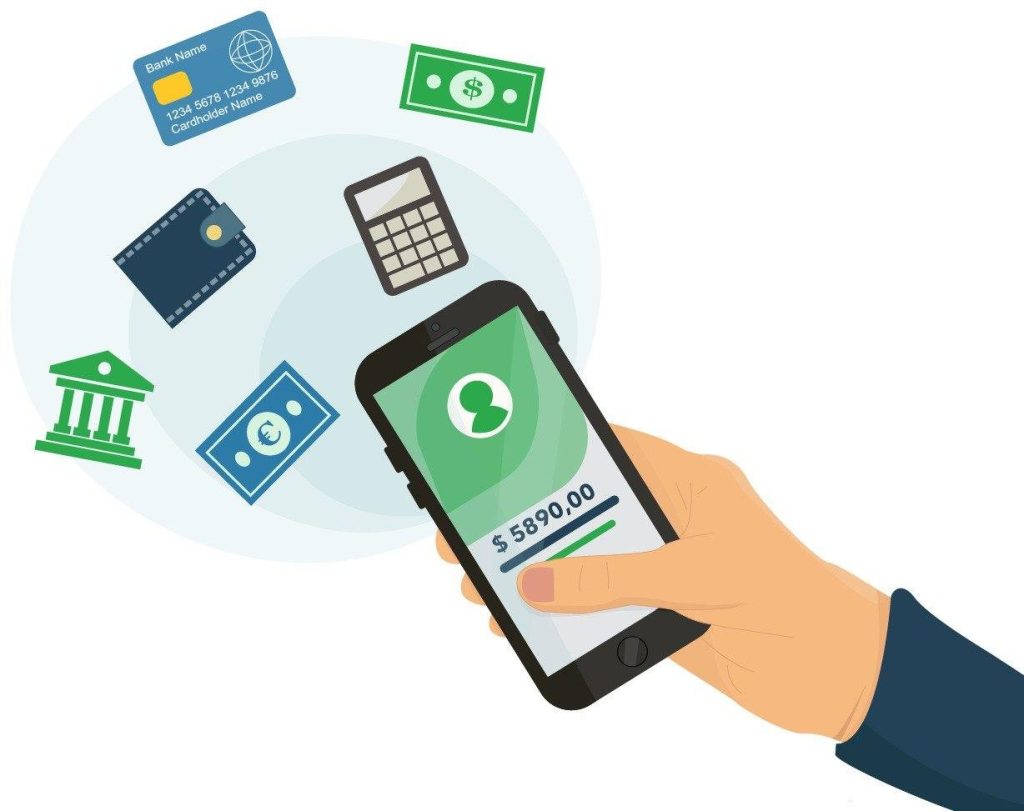The rise of cashless transactions has transformed the way we handle money in today’s world. As digital wallets continue to gain popularity, they’ve not only replaced the need for cash but also revolutionized how we manage payments, bringing a new level of convenience and security to everyday transactions.
From enabling quick purchases at stores to facilitating secure online payments, digital wallets have become a go-to financial tool for many consumers. As we delve into the world of digital wallets, we’ll explore their benefits, the key players driving this innovation, and the opportunities and challenges ahead in the evolving landscape of cashless payments.
The rise of cashless transactions

The world has been slowly transitioning away from cash for years, but the growth of digital wallets has accelerated this process tremendously. People have become more comfortable relying on their smartphones for a wide range of activities, including financial transactions. Whether at a store, a vending machine, or online, the ability to make payments through a digital wallet quickly and securely has revolutionized how people handle their finances.
The convenience offered by digital wallets cannot be overstated. Instead of carrying around physical credit cards, debit cards, and cash, users can store all their payment information in one place. Additionally, the security features offered by these platforms, such as encryption and biometric verification, add an extra layer of protection, making them an attractive option for consumers.
Benefits of using Apple Pay
With millions of users worldwide, Apple Pay has set the standard for what digital wallets can achieve. Launched in 2014, Apple Pay allows users to pay for purchases in-store, online, and within apps using their Apple devices. The system leverages Near Field Communication (NFC) technology to enable contactless payments and has been widely adopted by merchants and consumers alike.
One of the key advantages of Apple Pay is its security measures. Each transaction is authorized with a one-time dynamic security code, and card numbers are never stored on the device or Apple servers. Furthermore, Apple Pay employs biometric authentication, such as Face ID or Touch ID, to ensure secure transactions. This level of security has made it a trusted payment option for users.
Google Wallet’s impact
Google Wallet, another major player in the digital wallet space, has also gained significant traction in the United States. Similar to Apple Pay, Google Wallet enables users to store their payment information and make contactless payments using their smartphones. The integration of Google Wallet with other Google services, such as Gmail and Google Assistant, provides a seamless and unified experience for users.
One notable feature of Google Wallet is its peer-to-peer payment capabilities. Users can send and receive money from friends and family with just a few taps on their devices. This functionality, combined with its ease of use and widespread acceptance, has made Google Wallet a popular choice for many consumers looking for a versatile and reliable payment solution.
Challenges and opportunities ahead
While the adoption of digital wallets has made significant strides, several challenges and opportunities lie ahead for the industry. One of the primary challenges is ensuring universal acceptance among merchants. Although many retailers have embraced digital payment methods, some still rely on traditional payment systems.
Additionally, the competition among digital wallet providers is fierce, with new entrants constantly emerging. This competitiveness drives innovation and expansion, creating more opportunities for users to benefit from a wide range of features and services. The ongoing development of payment technologies, such as cryptocurrencies and blockchain, also hints at a promising future for digital wallets.
Security concerns
Despite the numerous security measures in place, there remain concerns about the potential for fraud and data breaches. As digital wallets continue to gain popularity, they become attractive targets for cybercriminals. Companies need to stay vigilant and continuously enhance their security protocols to mitigate these risks and maintain consumer trust.
Educating users about safe practices, such as the importance of strong passwords and regular software updates, is another critical aspect of addressing security concerns. By staying informed and taking proactive measures, users can better protect themselves and their financial information when using digital wallets.
Future trends
The digital wallet landscape is constantly evolving, and several trends are likely to shape its future. One such trend is the integration of loyalty programs and rewards within digital wallets. By offering users incentives, such as cashback and discounts, digital wallet providers can enhance user engagement and drive adoption.
This seamless integration makes it easier for consumers to manage their rewards and ensures they get the most value out of their digital wallet experience. Another trend to watch is the expanding use of digital wallets beyond traditional retail environments.
From public transit systems to healthcare facilities, digital wallets are being adopted in various sectors to streamline processes and improve efficiency. As this trend continues, we can expect digital wallets to become an even more integral part of our daily lives.



